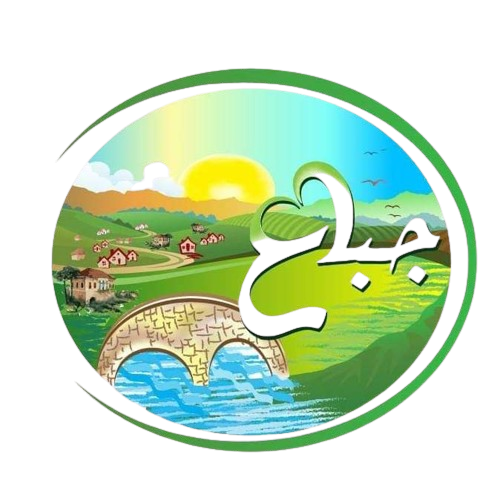Dear Friends,
Welcome to our digital doorstep! Welcome to Elleyat Al Shouf “Jbaa”.
I am thrilled to introduce you to this new online hub, designed one clear vision in mind: to create a municipality that thrives on transparency, community engagement, and forward-thinking initiatives.
Our vision extends far beyond brick and mortar; it's about fostering a sense of belonging, pride, and opportunity for each and every one of you. It's about building bridges between generations, cultures, and ideas, to create a tapestry of diversity that enriches our collective experience.
Through this website, we aim to not only streamline access to essential services but also to serve as a catalyst for meaningful dialogue and collaboration. From neighborhood revitalization projects to environmental conservation efforts, your input and involvement are crucial in shaping the future trajectory of our municipality.
Together, we aspire to build “Our Jbaa” where innovation meets tradition and authenticity, where sustainability is not just a buzzword but a way of life, and where every voice is heard and valued.
So, as we embark on this digital journey together, I urge you to explore, engage, and envision with us. Let us work hand in hand to turn our vision into reality, creating a vibrant, inclusive, and prosperous community for generations to come.
Thank you for your trust and support…… Together, we can make a difference















